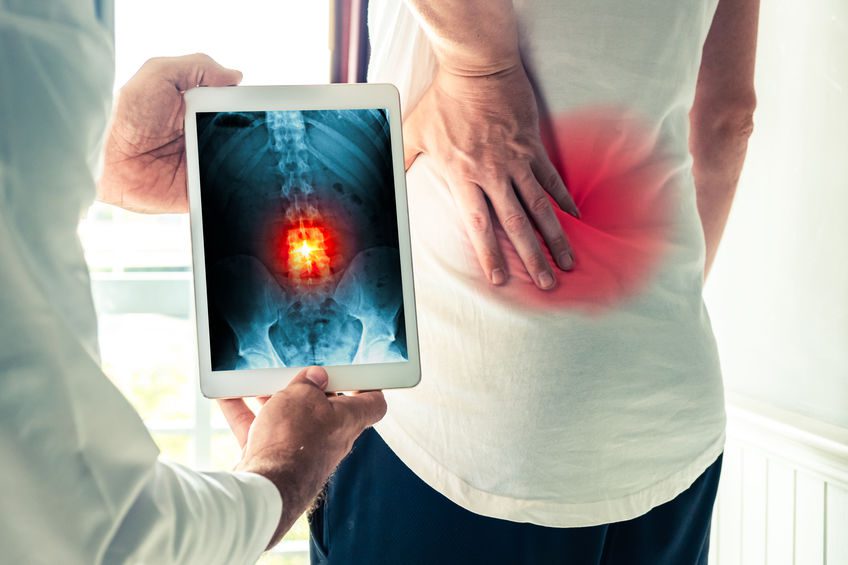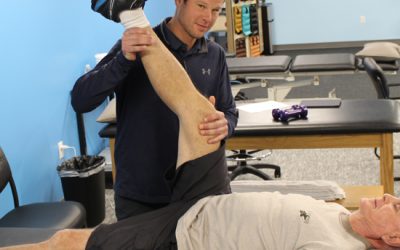 By Jess Leberman, DPT – Hampton Clinic ~
By Jess Leberman, DPT – Hampton Clinic ~
Low back pain (LBP) is a significant condition in the general population making it the leading cause of daily activity and work related limitations and absences. It is estimated the lifetime prevalence of non-specific low back pain is 60% to 70%. LBP places a significant burden on individuals, families, and work places. For that reason, LBP is consistently the most commonly treated condition by outpatient physical therapists.
Frequently, patients visit emergency departments or primary care physicians with complaints of low back pain that is addressed with imaging and possible medication prescription. Imaging such as x-rays and MRIs often show abnormalities within the spine. Common findings on imaging of the lumbar spine include; disk degeneration, facet degeneration, and disk protrusion, which, can be interpreted as causes of back pain. In many cases these findings on imaging result in medical or surgical intervention that may or may not alleviate the symptoms. But how come when addressing these abnormalities found on imaging, does it not always alleviate the pain?1
Research Findings
Brinjikji W, et al studied the age-specific prevalence of the following imaging findings in asymptomatic individuals: disk degeneration, disk signal loss, disk height loss, disk bulge, disk protrusion, annular fissures, facet degeneration, and spondylolisthesis (a slipping of vertebrae).
The table below displays the percentage of individuals without Lower Back Pain that displayed changes on imaging;2

So what does this all mean?
Well simply put, imaging of the lumbar spine does not tell the whole story. There is a large proportion of people who display abnormalities within the lumbar spine on imaging, however, present with no low back pain. Based on the research, it can be suggested that more than 50% of those 40 years and older without Low Back Pain display disk degeneration or bulging meaning that even in a younger population changes within the lumbar spine. The research validates the statement that changes seen on imaging of the lumbar spine are considered normal in all age groups and may not be the direct cause of pain. These findings lend itself to the question, if I have general low back pain, is it necessary to get x-rays or an MRI? At Rye Physical Therapy our Doctors of Physical Therapy specialize in evaluating low back pain, diagnosing the cause and assessing the need for further imaging.
Choose PT first for low back pain!
Contact Hampton PT for a Free Discovery Visit (or sign up online)!
References
- Duthey B. Background Paper, BP 6.24 Low back pain. World Health Organization. March 2013. https://www.who.int/medicines/areas/priority_medicines/BP6_24LBP.pdf. Accessed May 28, 2019.
- Brinjikji W, Luetmer PH, Comstock B, et al. Systematic literature review of imaging features of spinal degeneration in asymptomatic populations. AJNR Am J Neuroradiol. 2015;36(4):811–816. doi:10.3174/ajnr.A4173




